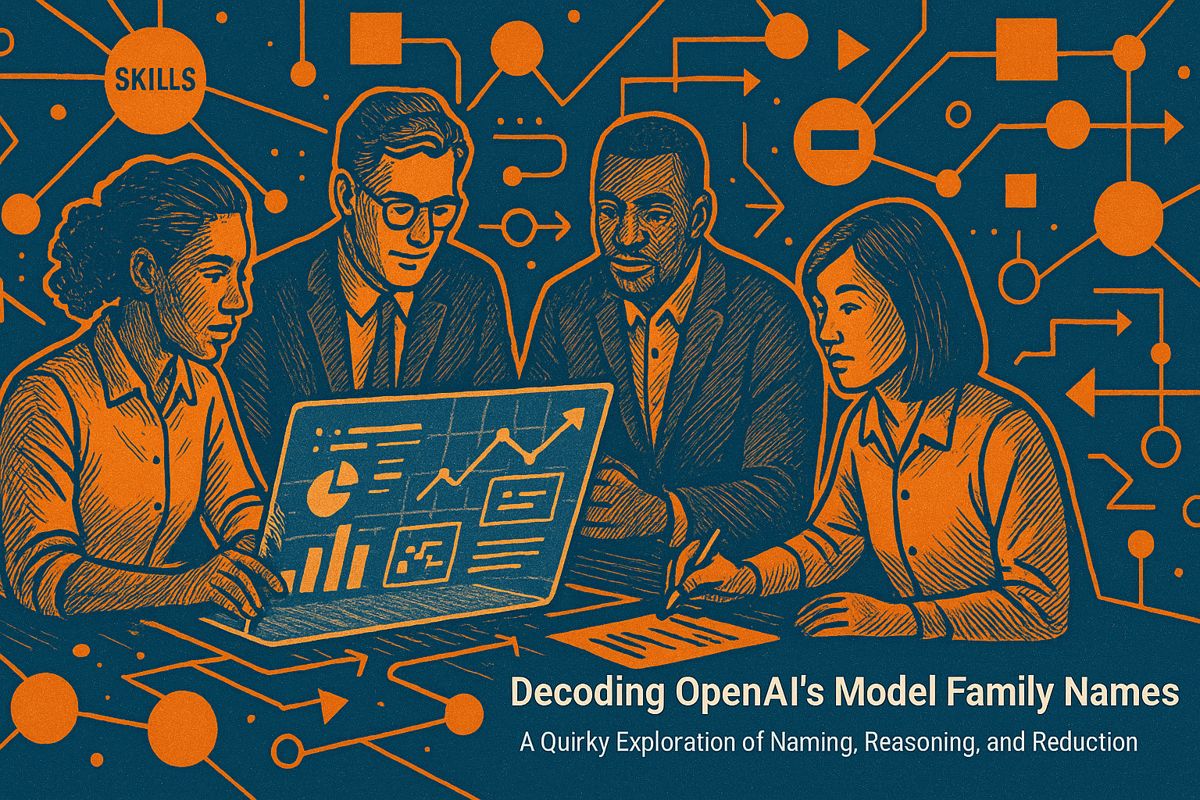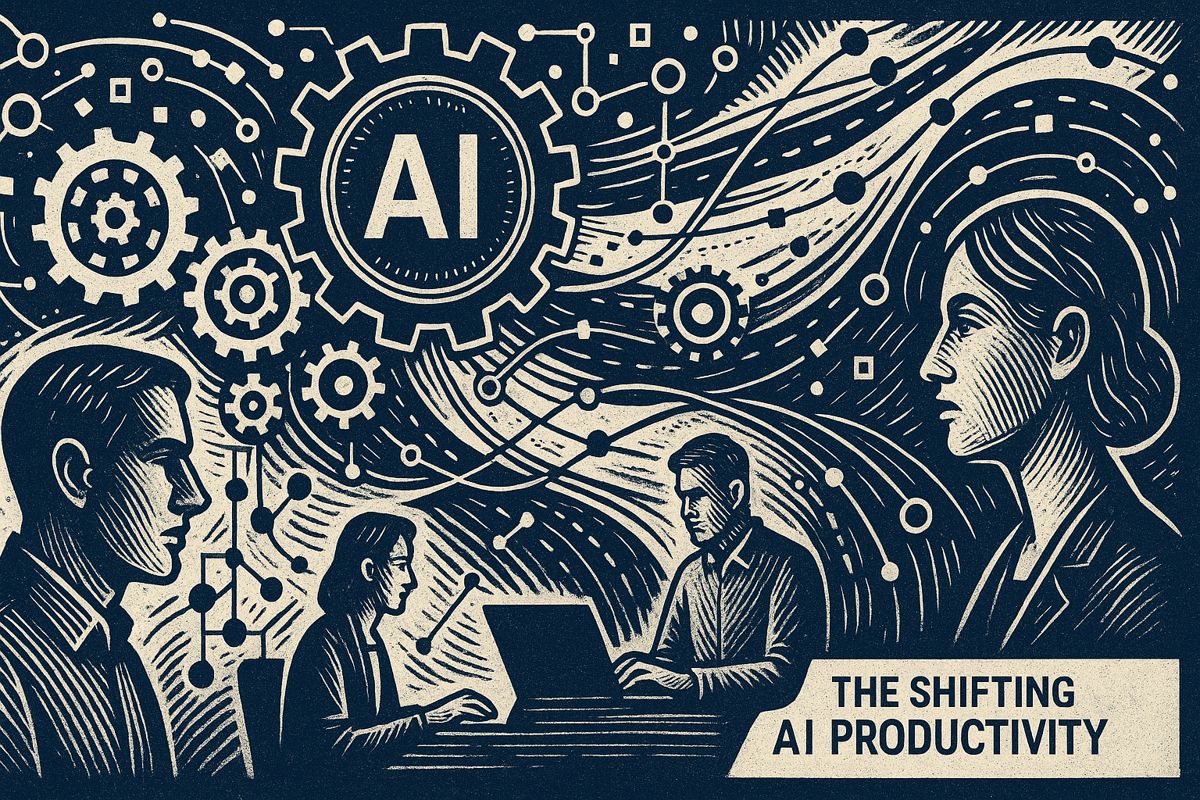Here’s the text with the most important phrase emphasized in markdown bold:
Enterprise AI projects often get trapped in pilot phases due to organizational barriers, unclear goals, and lack of strategic focus. Most companies struggle with departmental siloes, chasing AI trends without a clear purpose, which leads to over 70% of projects never moving beyond initial stages. Successful AI adoption requires strong leadership, particularly a Chief AI Officer who can break down barriers, establish governance, and align AI initiatives with specific business pain points. The key is to start with a concrete problem, measure outcomes, and foster cross-departmental collaboration rather than treating AI as a trendy experiment. Ultimately, enterprises must prioritize solving real business challenges with measurable results over creating impressive but ultimately ineffective pilot projects.
Why Do Most Enterprise AI Projects Fail to Move Beyond the Pilot Stage?
Most enterprise AI projects (over 70%) never leave the pilot phase due to organizational siloes, unclear objectives, lack of leadership alignment, and missing strategic focus on solving specific business pain points. Successful AI adoption requires clear governance, measurable outcomes, and cross-departmental collaboration.
The Mirage of Progress
Sometimes, a report doesn’t just echo back my own cynical musings. Instead, it throws me right into the fluorescent-lit conference rooms and jittery midnight Zoom calls where AI dreams are born and, too often, quietly put to sleep. Just last week, I found myself reading EY’s 2024 AI adoption report, and oh—déjà vu hit hard. You know the feeling when the scent of burnt coffee lingers after a late-night meeting? That’s the smell of “AI pilot hell.” It’s pervasive, like a fog that seeps into every boardroom and every hopeful “innovation” slide deck.
EY’s data is unsparing: more than 70% of enterprise AI projects never leave the pilot phase. I can still picture that 2019 kickoff at Siemens, where optimism crackled like static. Nine months later, their pilot lived in a digital oubliette, accessible only to three people and a test server named George (for reasons no one remembered). I’ll admit, I once believed a clever algorithm could bulldoze organizational resistance. Oh, how wrong I was.
So what’s really happening out there? Is all this effort just a Potemkin village of demos and vanity metrics, or is there genuine forward motion somewhere behind the scenes? I can’t help but wonder.
Anatomy of a Stalemate: Siloes, FOMO, and the Vanishing North Star
The core diagnosis isn’t technical – it’s psychological. Departments operate like archipelagos, each fiercely guarding its data trove. Deloitte and Gartner have both chronicled these isolated “innovation islands.” When data is locked up tighter than the Crown Jewels, even the most sophisticated PyTorch pipeline is left gasping for input.
The result? Enterprises chase shiny AI use cases with all the focus of a magpie in a mirror shop. “Let’s do AI because our competitors are!” becomes the rallying cry. But this isn’t a strategy; it’s corporate FOMO dressed up in business casual. Dr. Adrian Reisch of EY nailed it: “The north star is missing.” Too many pilots, too little purpose.
Meanwhile, the mess of unclear objectives and consultant-driven hoopla creates a cacophony—think a jazz band where everyone insists they’re the soloist. The emotional toll can be sharp. I’ve seen senior execs at SAP, faces drawn, confide, “I feel like I’m failing at this.” The sense of frustration is nearly tactile, prickling at your temples.
Leadership: The Missing Conductor
Can a single person change the tune? Enter the Chief AI Officer, or CAIO—a role that’s gone from curiosity to necessity faster than you can say “transformer model.” Their job isn’t simply to shepherd one project; it’s to break siloes, orchestrate a lifecycle approach, and, above all, align AI with measurable business value. Picture a CAIO wielding a baton, coaxing discordant departments into harmony.
But here’s the rub (and yes, I’ve stumbled on this before): appointing a CAIO without genuine authority just creates another figurehead. Real progress demands teeth, not just titles. The CAIO must have the latitude to set governance—not unlike a referee at Wimbledon, deciding which balls are out of bounds. Ethical frameworks, model monitoring, compliance with GDPR: these aren’t optional. They’re the backbone of trust. The smallest slip-up, and suddenly you’re headline fodder in the Financial Times or facing an audit from the European Commission.
Honestly, I used to dismiss governance as bureaucratic molasses. Now? I see its value every time a project survives regulatory scrutiny. Relief tastes strangely sweet.
From Pilot Purgatory to Real Results
Let’s call a spade a spade: successful AI starts with a pain point, not a product. The most instructive case I’ve seen (though it pained me to admit it at the time) began with a simple human problem—invoice matching at BASF. No grand vision, just a clear, quantifiable target. The result? A modest automation that saved €350,000 in the first quarter. No one threw confetti, but the quiet satisfaction of progress felt like a cool breeze after a storm.
So, if you’re staring at another stalled pilot, ask: What’s the real problem? Who’s empowered to solve it? Are you measuring outcomes, or just running experiments for their own sake? It took me years to realize that failure isn’t a dirty word here. In fact, embracing it (with a touch of gallows humour) is the only way out of this maze.
Or maybe I’m just being stubbornly optimistic. But the alternative? An endless echo chamber of pilots, dashboards, and demo days… with precious little to show for it. That’s a fate I wouldn’t wish on anyone, not even my most persistent sales rep.
Ah, well. Onward.



















